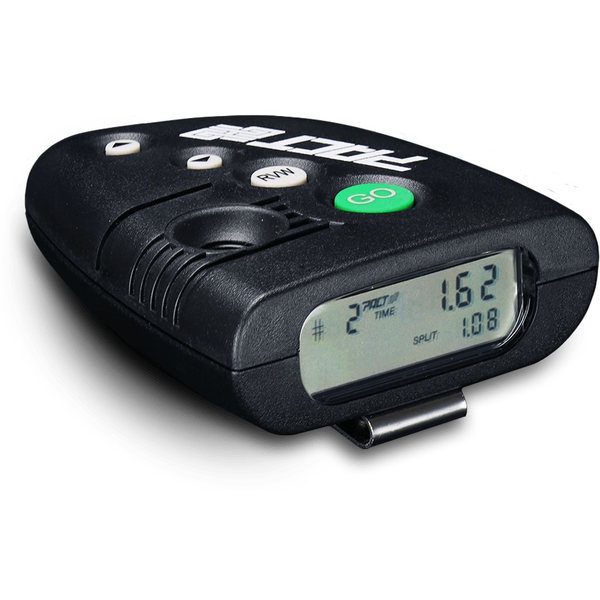



The stack of modules responsible for the lowest platform timer setting in this process.Ĭ:\Program Files (x86)\Microsoft Visual Studio 11.0\Common7\IDE\devenv.exeĬ:\Windows\Microsoft.NET\Framework\v9\WPF\wpfgfx_v0400.dll Part of the resulting HTML report will look like this: Just open an administrator command prompt and run “powercfg -energy duration 5”. Finding the culprit – WPFįinding out who raised the timer frequency is non-obvious, but still fairly easy. That means the timer interrupt is firing an extra 936 times per second, which should only be done if the benefits justify the costs. but as you can see above some program had set it to 1.0 ms. What a shame.įor maximum battery life the current timer interval (which can be changed with timeBeginPeriod, or NtSetTimerResolution) should be 15.6 ms. I have been told that there are no power implications to kernel timer interrupt frequency changes, but even if that is true they make clockres and TimerTool useless. ETW tracing and looking at the Microsoft-Windows-Kernel-Power provider shows that the OS itself is modifying the timer interrupt frequency (SystemTimeResolutionKernelChange events) about 30 times a second.
#Browser version of gen 3 eon timer windows 10#
With the latest version of Windows 10 I see that clockres claims that the timer interrupt frequency goes up to 1 kHz when I unplug my laptop. This batch file gives a much better perspective over time. However this just gives you a snapshot, which is useless if Chrome or the Go runtime or other programs are constantly changing the timer interrupt frequency. Seeing the current timer frequency is easy – just run the clockres tool by sysinternals.ĬlockRes v2.0 – View the system clock resolution To get a better report run trace_timer_intervals.bat – it summarizes all changes by all processes over the time period recorded.

Among other things they just sample the timer interrupt frequency at a point in time, when many programs adjust the timer interrupt frequency many times per second.
#Browser version of gen 3 eon timer update#
Update November 2020: Microsoft’s tools for measuring and investigating the timer interrupt frequency (clockres and powercfg) are insufficient and clunky. This should reduce both the power and CPU wastage concerns, although it does not completely eliminate them. Update October 2020: Microsoft has updated the Windows Kernel (Windows 10 and above) so that if one process raises the timer interrupt frequency it has less effect on other processes. Update June 2015: UIforETW, my handy tool for recording ETW traces for performance analysis, now records the current timer frequency to the traces, in addition to the batch file for extremely detailed recording and analysis of timer frequency changes. Update March 2015: Chrome now avoids raising the timer frequency unnecessarily, and as of summer 2020 Chrome will not raise the timer frequency above 125 Hz when on battery power, making it a non-issue for battery life. The last comment from Google says that Chrome doesn’t always raise the timer resolution, and besides, other programs also raise it. Google has locked the Chrome bug to further editing. This article was updated July 13, 2013, based on feedback from readers. So how come almost every time I notice that my timer frequency has been raised it’s been done by a Microsoft program (or Chrome), that is not doing anything to justify requesting a high-frequency timer? They also waste more compute power than I would ever have expected – they make your computer run slower! Because of these problems Microsoft has been telling developers to not increase the timer frequency for years. When programs increase the timer frequency they increase power consumption and harm battery life. The default timer resolution on Windows is 15.6 ms – a timer interrupt 64 times a second.


 0 kommentar(er)
0 kommentar(er)
